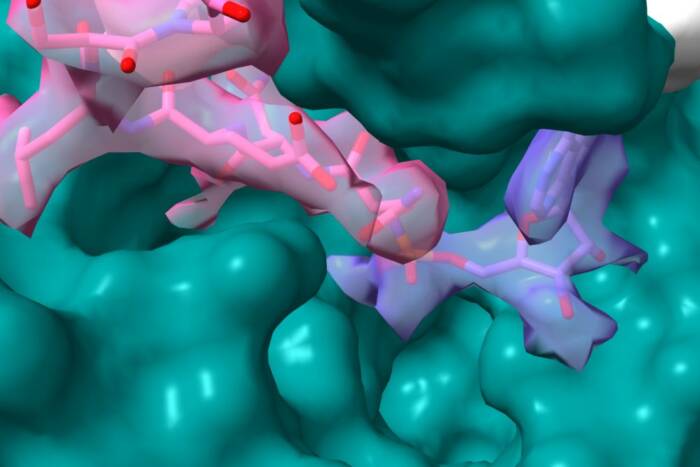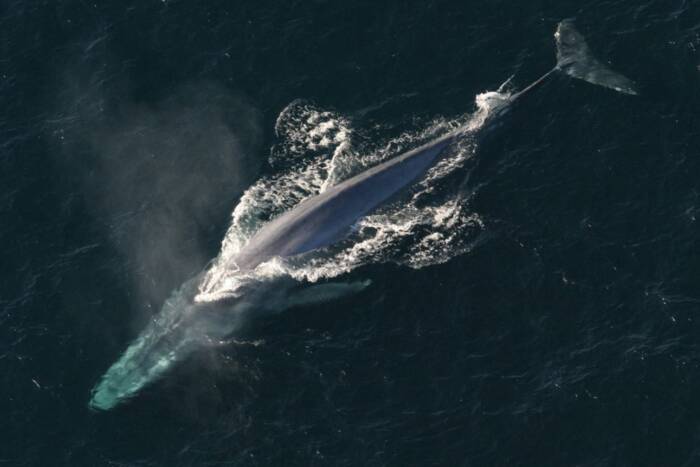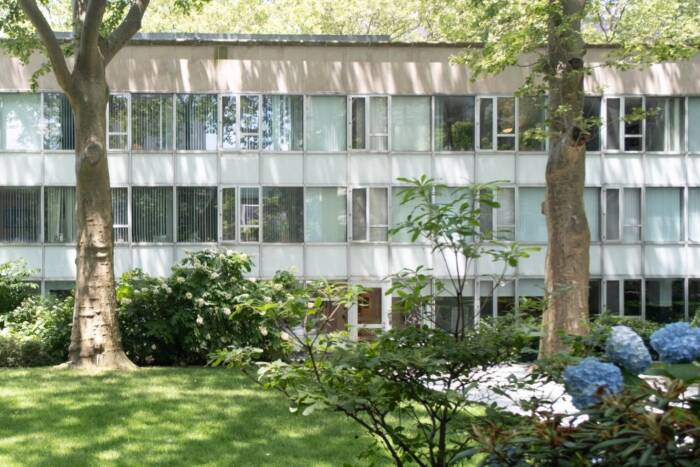Mike Rossner takes the helm at The Rockefeller University Press
Managing editor of the JCB assumes responsibility for the university’s scientific publishing unit
by TALLEY HENNING BROWN
 (opens in new window)
(opens in new window)
Mike Rossner, who has served as managing editor of the Journal of Cell Biology since 1997, was promoted to executive director of The Rockefeller University Press, effective December 1, 2006. Dr. Rossner had served as acting director of the press since July, when the previous director, Michael Held, accepted a position at the American Academy of Pediatrics. Dr. Rossner will continue as managing editor of the JCB, in tandem with his new position, until a replacement is found.
Dr. Rossner entered publishing after completing a degree and a postdoc in biomedicine. He earned his Ph.D. in molecular biology in the laboratory of Ken Murray at the University of Edinburgh, Scotland, where he studied the hepatitis B virus. His postdoc was at the Walter and Eliza Hall Institute of Medical Research in Melbourne, Australia, with Don Metcalf, known for the discovery of colony stimulating factors, which encourage the growth of blood cells.
Current Biology provided his first entry into scientific publishing, as an in-house editor of its journal Chemistry and Biology, and Dr. Rossner began his tenure at The Rockefeller University Press in the spring of 1997, as managing editor of the JCB. He became editorial director of the press in 2003, expanding his purview to the operations of all three journals.
“Mike has been an active voice in scientific publishing from his position at the JCB and he’s committed to keeping The Rockefeller University Press at the cutting edge of academic publishing during tumultuous times in the industry,” says John Tooze, the university’s vice president for scientific and facility operations. “We’re fortunate to now have him at the helm.”
Dr. Rossner’s new responsibilities as executive director revolve less around the day-to-day management of manuscript review and more around larger publishing and business concerns. “I see the function of the press director as two-fold. That person has to increase the visibility and the reputation of the press within the academic community as a whole, as well as the reputations of the individual journals in their respective communities and the desirability of those journals as places to publish,” says Dr. Rossner.
As part of the effort to attract high-quality submissions to the press journals, he has been increasing the number of scientifically trained editors on his staff. They will be actively seeking out members of the scientific community at conferences and with site visits, to encourage submission of exciting work to the journals.
Dr. Rossner has also emphasized the importance of making the press an active voice in academic publishing. The recent stem cell cloning scandal at Science, which involved images that had been fraudulently manipulated, brought The Rockefeller University Press into the consciousness not just of academics but of the general public. Dr. Rossner tackled the image-fraud issue head-on more than four years ago at the JCB, where he established standards for how much manipulation the journal would allow, and devised a much-publicized system of examining all image data before publication.
The debate is now in full boil over who should be accountable for data integrity, and Dr. Rossner is in the thick of it. “I would argue that I have a responsibility as a journalist to protect the published record in any way that I can. This image screening is one way that I’ve figured out that is feasible,” he says. His views have been given further credibility by an extensive study commissioned by the National Academy of Sciences last fall to examine the issue and establish standards of data integrity for the academic community.
Dr. Rossner is supporting similar initiatives with other types of data that appear in the press’s journals. Heather Van Epps, executive editor of the Journal of Experimental Medicine, is currently analyzing how to apply standards already established by scientists for the integrity of data gleaned from flow cytometry — a technique used in a number of fields for the characterization of individual cells within a large cell population — to the papers she publishes, which contain copious amounts of “flow data.”
Another broad issue on Dr. Rossner’s radar is the impact factor, a commonly used measure of the relative prestige of a journal in its field based on how frequently its articles are cited. The standard is considered by many scientists to be an inaccurate reflection of the quality of research published by a journal. “There are some very simple additional calculations, which could be done by the people who are already collecting these data, that would more accurately reflect the quality of primary research in a journal. For some reason, they don’t take that step. I want to see if I can influence them to do it,” he says.
Then there’s the issue of paper. Dr. Rossner takes over at a time when academic publishing is struggling with both its business model and its format, as more readers go online and university libraries cancel their paper subscriptions. “These are the issues we’re going to have to figure out as we go,” Dr. Rossner says. “It would be nice if we were leading the way here as well.”


